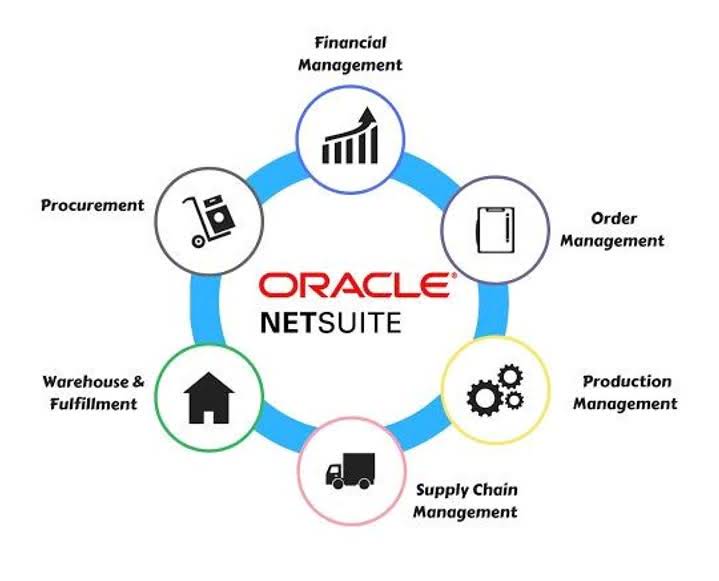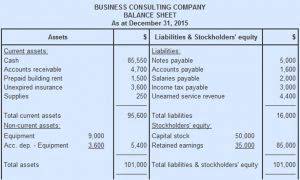
Many professional associations, such as the Association of Nonprofit Accountants and Finance Professionals, focus specifically on the unique needs of nonprofit financial management. They provide a platform for members to access specialized knowledge and stay updated on regulatory changes affecting the sector. This support is crucial for ensuring compliance and maintaining transparency in financial reporting. Nonprofit accounting can be daunting, but utilizing templates and guides for financial statements can significantly simplify the process. These resources provide a structured approach to documenting financial activities, ensuring that all necessary information is captured accurately. By GAAP for Nonprofits following established templates, organizations can maintain consistency and clarity in their reporting.
- By the end of this guide, you’ll have the skills to confidently manage your nonprofit’s accounting needs.
- New Jersey, for example, considers applicants that file without the requisite statements perpetually delinquent until they do.
- Accurately categorizing revenue into unrestricted, temporarily restricted, and permanently restricted funds is essential for clear nonprofit financial statements.
- Nonprofit organizations must adhere to specific financial reporting standards.
Level Up Your Small Business Accounting Game
For instance, platforms like Instrumentl and Jitasa provide a variety of templates that cater to different financial reporting needs. These templates often include formats for income statements, balance sheets, and cash flow statements, making it easier for nonprofits adjusting entries to prepare their financial reports. Navigating the complexities of nonprofit accounting requires the right tools and resources to ensure accuracy and compliance. Accounting software specifically designed for nonprofits can streamline processes such as fund accounting, budgeting, and financial reporting. Popular options include QuickBooks for Nonprofits, Aplos, and Blackbaud, which cater to the unique needs of nonprofit organizations.
A. Accounting software options

An Appendix is attached to this publication reflecting the due dates for annual reports for common fiscal year-end dates. Conditional grants depend on achieving specific outcomes, while restricted grants specify fund use. Nonprofits must carefully review grant agreements to classify and recognize revenue correctly. Most states are happy to accept a higher-level service than what is required.

B. Encouragement to seek further education and resources
- A majority of states require nonprofits to submit financial statements of some kind along with their annual charitable registration materials in addition to Form 990.
- A nonprofit must also specify its mission, purpose and the types of services it will provide.
- The letter from the independent auditor highlights their opinion that Save the Children is following all required financial laws.
- Even small financial missteps can have major consequences when an organization operates on public trust and donor confidence.
- It is crucial to note that some states also have threshold requirements for Single Audits related to the amount that an organization receives in state governmental financial assistance.
- For instance, a low program expense ratio might mean you’re investing in technology that will improve efficiency later.
A nonprofit chart of accounts is a structured list of all accounts used by an organization to record financial transactions. It serves to organize Interior Design Bookkeeping financial data and facilitate reporting, ensuring clarity and consistency in financial management. Nonprofit organizations are primarily established to serve a specific mission or cause rather than to generate profit.
- Another option is Xero, which provides cloud-based accounting solutions that facilitate real-time collaboration and financial tracking.
- Functional categories include fundraising and management and general, as well as individual programs that the organization has undertaken.
- This statement should outline all revenue streams and expenses, segmented by unrestricted, temporarily restricted, and permanently restricted categories.
- Endowments and restricted funds play a significant role in a nonprofit’s financial structure, providing stability and supporting long-term missions.
- The ONCA changes how nonprofits need to report their finances to their members.
Presentation and Disclosure Requirements in ASU 2020-07 for Gifts-in-Kind
The following is a sample disclosure statement which satisfies the requirements of Business Regulation §6-101(g). Using Cash or accrual based accounting determines when to record revenue and expenses. Meanwhile, it is important for nonprofits to be aware of their legal obligations.

Our team of experienced CPAs and financial professionals is ready to partner with you on your journey toward financial excellence. PKF O’Connor Davies is the lead North American representative of the international association of PKF member firms. PKF International is a network of legally independent member firms providing accounting, tax and business advisory services in more than 400 locations in 150 countries around the world. For nonprofits, the accounting methods differ in accountability and compliance.
Paul Copley, PhD, CPA and Loretta Manktelow, CPA
Temporarily restricted funds are earmarked for specific projects or time frames, necessitating careful tracking and reporting to ensure they’re used as intended. Nonprofit financial statements are a set of reports that demonstrate how well a nonprofit is doing financially. They show how much money the organization has, how it spends its money, and what its assets and liabilities are. However, with a basic understanding of the key parts and ratios, it becomes easier. In other words, financial statements for nonprofits are reports that show how well a nonprofit is doing with money. Donors, grant providers, and fundraising events primarily fund nonprofit organizations.
What are the essential financial statements for nonprofits?
The purpose of these requirements is to ensure the prudent and effective use of non-profit funds, especially those derived from state or federal sources. By imposing these distinct reporting standards, states seek to uphold the integrity of non-profit entities and safeguard the public trust in their financial operations. Nonprofit organizations must adhere to a variety of compliance and regulatory requirements that govern their financial practices. These regulations are designed to ensure transparency, accountability, and proper use of funds, which is crucial for maintaining public trust and securing donations. Understanding the specific requirements for financial reporting and tax compliance is essential for effective nonprofit accounting.